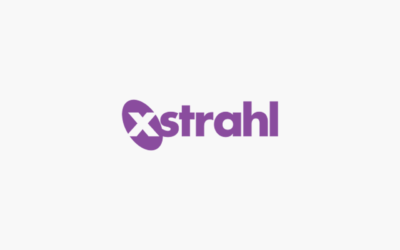Dupuytren's disease (DD) is a common fibroproliferative condition of the hand which tends to cause progressive digital flexion contracture. Therapeutic strategies to treat the disease include radiotherapy, injections of collagenase clostridium histolyticum, needle...
Resources
Contact Us



